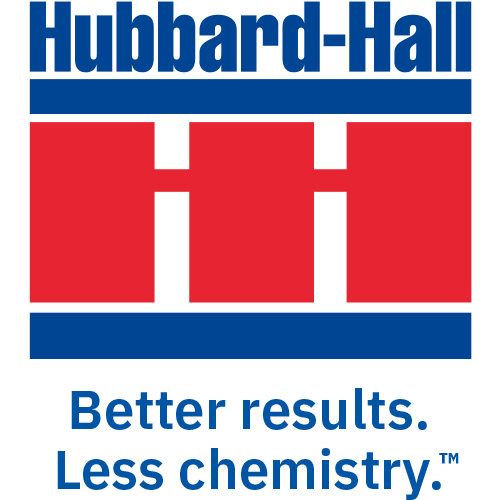A quick list of the most important factors to bear in mind when determining your rinsing process.
Water is becoming an increasingly expensive commodity with even further restrictions in certain areas of the country (pity the poor folks in California). As a result, there has never been a better time to give some thought to maximizing the efficiency of your rinsing process. Put simply, rinsing is a process that dilutes and then removes surface films and contaminants, reducing them to a level that won’t impede your surface finishing process.
As one of the most important steps in any metal finishing process, it’s critical to have your metals rinsed regularly and properly. A truly effective rinsing process is essentially a matter of maximizing your system’s layout, choosing the right equipment, chemicals and slotting it in at the right time in your process cycle. Get this balancing act just right, and you can reap such benefits as water conservation, decreased the demand on your waste treatment system, and the continuing smooth operation of your process line.
There are four key factors to keep in mind when determining your rinsing process:
- Water purity: As you might expect, ensuring you use clean water during your rinsing
process is critical, so be sure to take steps to keep it as pure as possible. For example, when preparing your material for rinsing, a drag out (aka static rinse) can minimize contamination of any subsequent tanks while also conserving chemical solutions and making them easier to reclaim. - Mechanical action: Added to the rinsing process can help maximize the use of your tank’s rinse water and compensate for areas where water flow is lower than you’d like.
- How much should I rinse, and for how long?: Research indicates multiple counter flow rinses are about 10-20 times more effective than single rinses, while also reducing water consumption by upwards of 50%. Needless to say, two counter flow rinses are better than one and three are better than two. Depending on how badly your parts are in need of cleaning, the more thorough your rinse process the better.
- How warm should the water be?: Cleaner drag out and films from other processes are much more difficult to remove in cold water, so your rinse process will be more effective in warm water (especially with regard to hot black oxide and electropolishing). We suggest a temperature range of around 75° to 85°F.







Leave a Reply